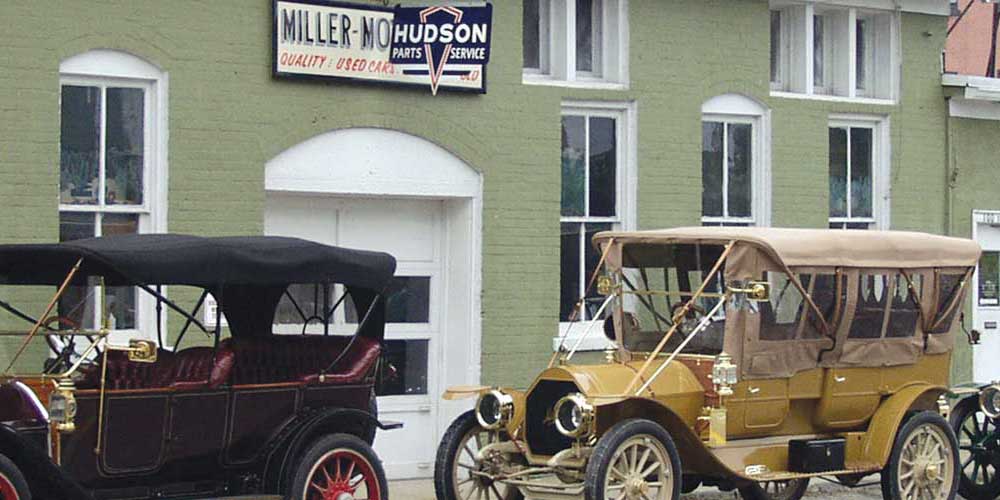by A. Wayne Ferens
Images Courtesy of the Ferens Collection, Motor Trend, and Road & Track
Published 8.27.2025
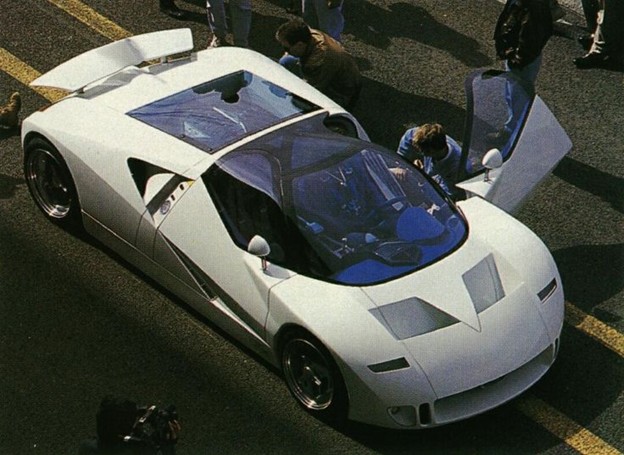 A view from above of the Ford GT 90 concept
A view from above of the Ford GT 90 concept
Today's super cars are so advanced in engineering and technology -- even the word “exotic” is passe’. Words describing these new ultra-machines being tossed around the car industry include adjectives like extreme, hyper, super, or super-hyper. Yes, these new “exotics” are probably all of those things and more.
Look at some of today's “extreme machines” and see what they have in common -- those super Ferrari limited models like the LaFerrari, Lamborghini Veneno, Koenigsegg Regera, McLaren Senna, Bugatti Veyron and Pagani Zonda to name a few. For starters, all use advanced construction materials like carbon-fiber, high-strength aluminum, magnesium, titanium and other exotic materials. Most are hand-assembled using advanced structural adhesives or welding techniques. When automation is used, it is of the highest-tech most advanced computer controlled robotic manufacturing processes known to man.
When it comes to hyper-performance, many use radically designed V8s, V12s even V or W-16 cylinder engines with multi-valves, multi-cams, multi-turbos, etc. Some are even using advanced hi-tech hybrid systems that produce four-figure horsepower levels from their power units. Many of these super cars are not evolutionary, but revolutionary to say the least. So, when did this "hyper-revolution" start and who started it? Let's take a look back to the 1990s.
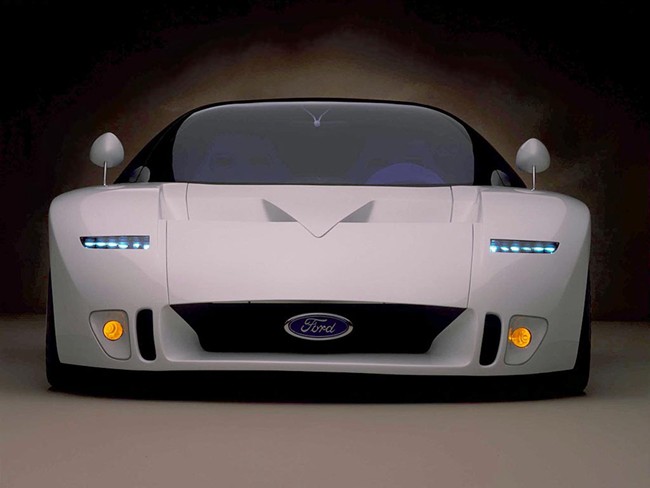 A front end view of the Ford GT 90 concept
A front end view of the Ford GT 90 concept
One car comes to mind -- the Ford GT. No, not the early welded steel/fiberglass, cast iron carbureted V8 GT40 from the 1960s, but Ford's hyper-super-exotic concept car built in 1995 known as the GT-90. Some call it the greatest concept GT car ever made. Yes, it was made to run and drive. When a large high-volume automobile company like Ford Motor Company invests hundreds of thousands, even millions (estimates of $3-million for the GT-90) into a “dream car,” one must dream down the road so to speak.
Starting with some super car basics -- as used in the then Ford-owned Jaguar, as in Jaguar XJ-220 -- Ford laid the foundation of the GT-90 on the XJs chassis and suspension, and also used the Jag’s smooth shifting five-speed manual transmission.
 The cockpit of the Ford GT 90 concept
The cockpit of the Ford GT 90 concept
Ford molded it's “New Edge” designed body out of exotic and very expensive hand-laid, light-weight, high-strength, carbon-fiber material. This 3,200 lb. super car had subtle styling details reminiscent of the original GT40, especially on the front of the vehicle.
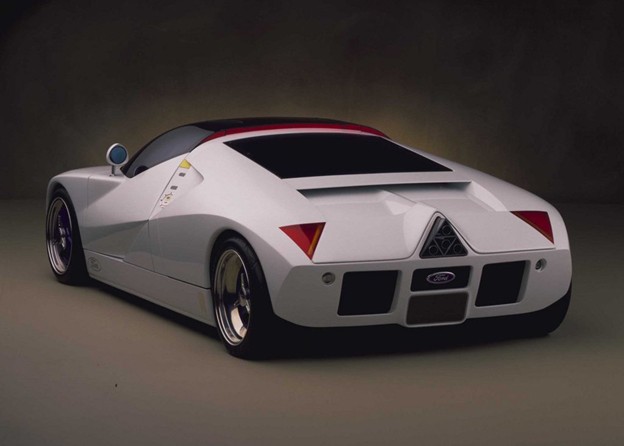 A rear view of the Ford GT 90 concept
A rear view of the Ford GT 90 concept
To give it that mind-blowing super hi-performance, Ford sliced and diced two of its modular 4.6-liter fuel-injected V8s as used in the Lincoln and created a 6.0-liter DOHC 48 valve, quad-turbo (Garrett T2s) aluminum V-12 -- pumping out 720 horsepower and 660 lb. ft. of torque from its mid-engined power unit. Other hi-tech features included touch-panel entry, passing car sensors, speed-activated air dam and a gorgeous spacious blue oval-colored interior with individual gauge pods and a multi-control center console.
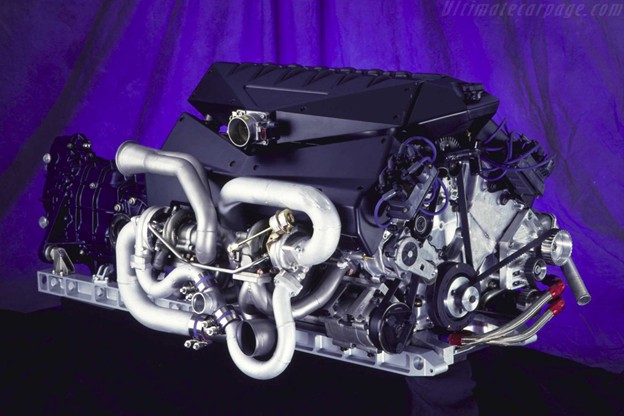 The powerful engine that drove the concept to high-performance heights
The powerful engine that drove the concept to high-performance heights
First debuted at the 1995 Detroit Auto Show, the Ford GT-90 super car became an instant sensation. On the track, it produced performance numbers in the range of 0 - 100 mph in six seconds and a top speed of 230 mph. If the super or hyper name fits, wear it!
Ford never intended to put the car into production, but the company continued the “New Edge” design through the 2000s on many of its popular production models. Was this just a styling exercise, or did Ford secretly intend to build an exotic super performance hyper-car? I mean a ultra-super-performance-exotic-hyper car like the new Ford GT that can be purchased through special order -- in limited numbers of course ...
Bibliography
Motor Trend, December 1, 1995
Road & Track, April 1995

